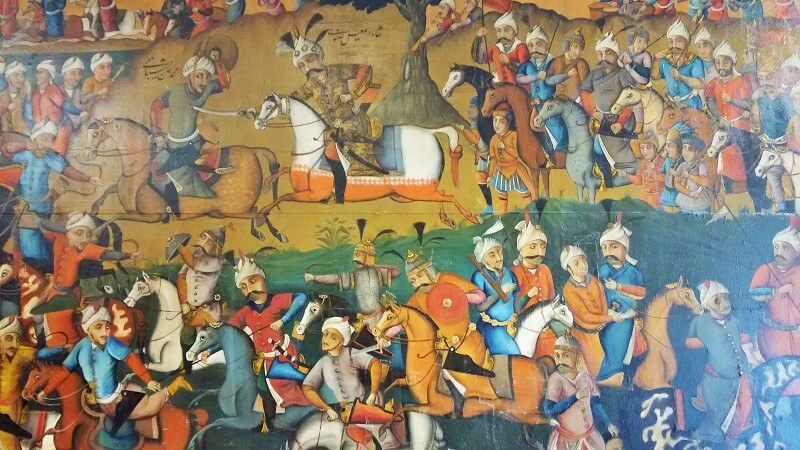
There are two buildings at the National Museum of Iran: pre-Islam period & post-Islam period. Here at this post, you are introduced to the post-Islam period. In other words, this post makes you familiar with the second building, the Islamic Era Museum of Iran.
Islamic Era Museum of Iran
This museum introduces the objects belonging to Islamic Era beginning from 7th century AD to the contemporary time. Although the building had been constructed for other purposes before the 1979 revolution in Iran, the National Museum of Iran opened it as a museum to showcase post-Islam arts of Iran in 1996.
There are three floors in this building. The ground floor is allocated to conferences and temporary exhibitions. The museum itself starts on the first floor. The objects have been arranged chronologically representing various historical eras in post-Islam period. Therefore, you will have to go two floors up to start from the earliest time of this time period.
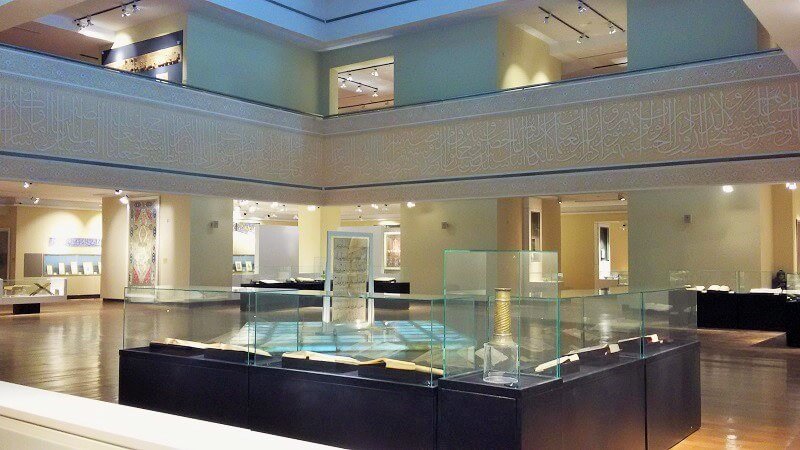
2nd Floor at Islamic Era Museum
On the second floor, the Sassanian influence in post-Islam artistic achievements is remarkably visible.
Early Post-Islam Gallery:
Qoran manuscripts are the core of this period, which are presented at this floor as the fundamental theme. They are mostly written in Kufic script on paper and parchment.
Potteries decorated with various motifs either non-glazed or glazed are showcased here. Sassanian-style metalworks, Arab-Sassanian silver coins, gold coins, etc are introduced here. Also, there are fabrics made of different materials, like silk, displayed at this section.
Seljuq (11th & 12th centuries) Gallery:
During this period, Islamic arts thrived and developed in different parts of Iran. In pottery making, glassmaking and metalworking, artistic delicacy and finer skills evolved and produced beautiful works of art. In weaving fabrics, silk materials and embossed patterns were quite popular. Also, very fine Qorans were created during Seljuqs. You can see some of such works at this section.
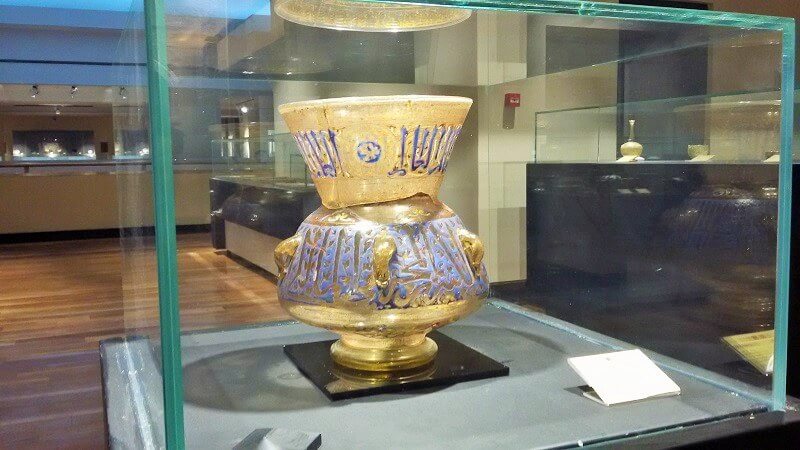
In architecture, stucco works, brick works, stone works, brick inscriptions, glazed bricks and tiles were developed substantially. You can see some of such works at this section. Some notable examples can be visited here at this section.
Ilkhanid (13th & 14th centuries) Gallery:
Despite all the destruction brought about by the Mongols, when they settled in Iran and started ruling from here, various arts started to flourish. Metalworking, which had been formed in the East, continued to develop in the West. The application of gold and silver on other metals like bronze boomed. Ceramic works, luster-painted tiles and glazed potteries went on in delicate forms. Some of such works can be found at this section.
Glass working, which had started from the final years of Seljuq period, continued to thrive. Also, double-shell glazed potteries were created as common products.
On the other hand, as bookmaking had been sponsored by some Ilkhanid governments, calligraphy flourished as a well-liked art and very fine manuscripts were created. Some unique pieces are on display at this part of the museum.
Some of the most outstanding plaster-made and tile-made mehrabs were created under Ilkhanids. Some examples are on display at this section.
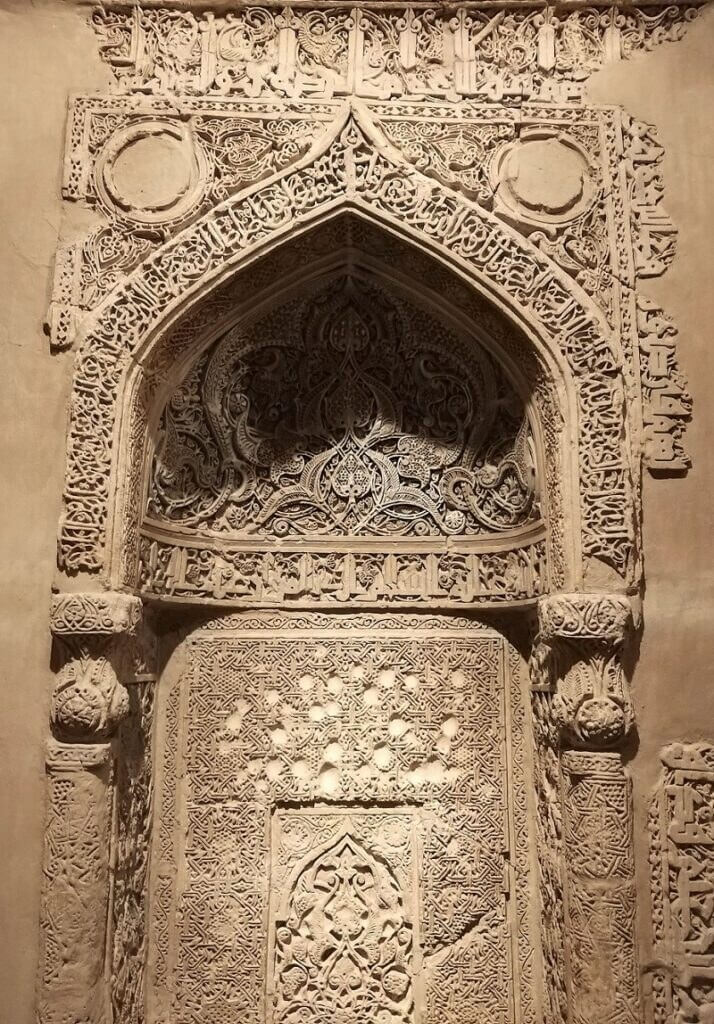
1st Floor at Islamic Era Museum
As you continue to the first floor of Islamic Era Museum of Iran, you will see the following galleries:
Timurid (15th to 16th centuries) Gallery:
Glass making flourished in Samarqand. Other arts were sponsored by various governments coming to power. Bookmaking was supported exceptionally and some of the most extraordinary masterpieces were crafted during that period.
You can see delicate mosaic works like inscriptions and tile works, which were very popular under Timurids. There were also under-glaze painted tiles and an inscribed marble mehrab, a mosaic inscribed mehrab and a wooden fretted work subtly inscribed with prayers.
Safavid (16th to 19th centuries) Gallery:
This period was the flourishing time of several arts like calligraphy, miniature painting, silk-carpet making, metalworking with hammered patterns, white-and-blue potteries, etc. Such works are on display at this gallery as well as other artistic and architectural accomplishments.
In architecture, seven-color tiles emerged and magnificent mosques were built with beautiful inscriptions some of which are on display here.
Qajar (19th & 20th centuries) Gallery:
Some arts continue to develop like carpet making. Certain arts went through eye-catching development like inlaid-wood works, mirror works, steelworks with gold patterns, enameled silver works, etc.
Oil on canvas was the common painting trend of the time and European-style was mainly imitated.
Seven-color tiles were still made and welcomed by many. The architecture of Qajars continued the same styles of Safavids in smaller scale.
Objects on Display in General:
While visiting the Islamic Era Museum, you will see the following objects:
Lights: displaying candlesticks and oil lamps in glass, brass, ceramic, pottery and stone.
Carpets & Textiles: displaying various materials used for textiles and the different techniques to create works of art on them as well as carpets, grave covers, ceremonial shirts bearing specific prayers in special calligraphic styles.
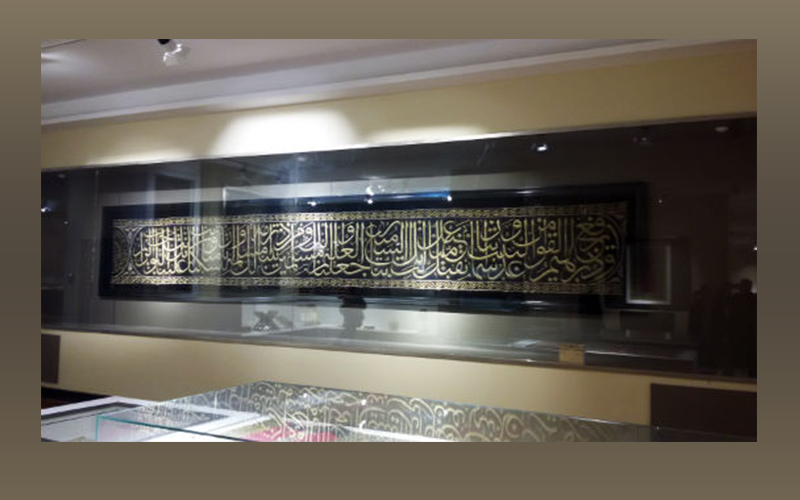
Astronomical Instruments & Zodiac signs: displaying brass or bronze astrolabes, manuscripts, books, globe, miniature and oil painting in related themes.
Ceramics: displaying plates, vessels, ewers, dishes, bowls, oil lamps and bottles in different shapes.
Glass and Medical Instruments: displaying glass cupping tools, test tubes, test bowls, test bottles, perfume holders, decanters, sprinklers, lamps, rhytons, manuscripts, etc.
Metal Works: displaying swords, bowls, ewers, vases, braziers, caldrons, jugs, armlets, bracelets, mirrors and their frames, water pipe bases and heads, candlesticks, cups, basins, incense burners, mortars, pen boxes, knives, boxes, lamps, trays and ladles in different metals and techniques, etc.
Lacquer Painting & Writing Instruments: displaying pen boxes, inkwells, writing sets, mirror frames, make up boxes, manuscripts, etc.
At the end, I invite you to explore Tehran and its museums when you’re traveling in Iran. You will find a lot of amazing objects that could well describe the level of expertise and interest of Iranians in various arts in the course of history.





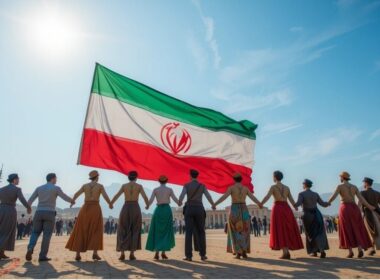
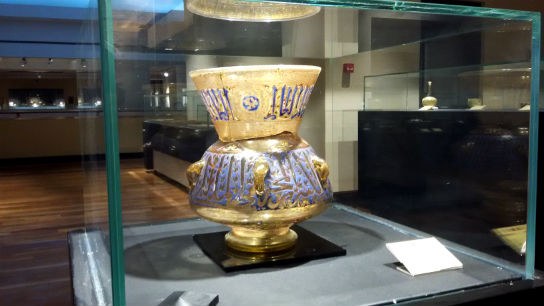
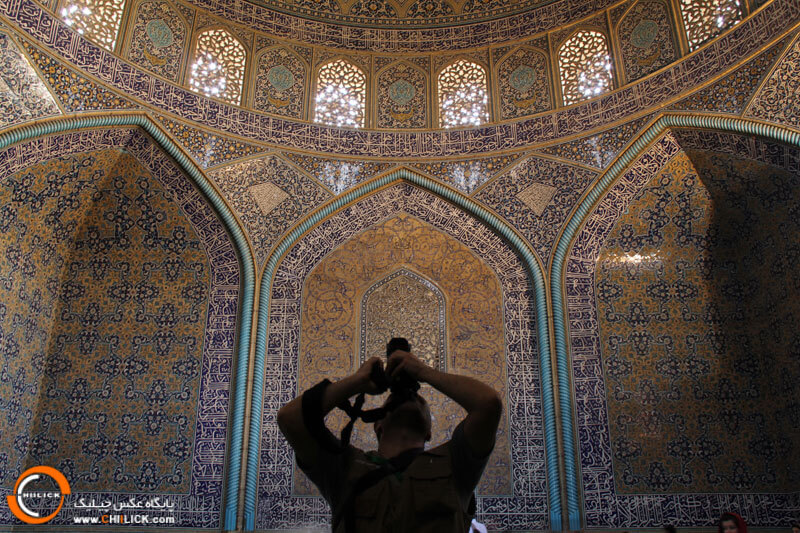
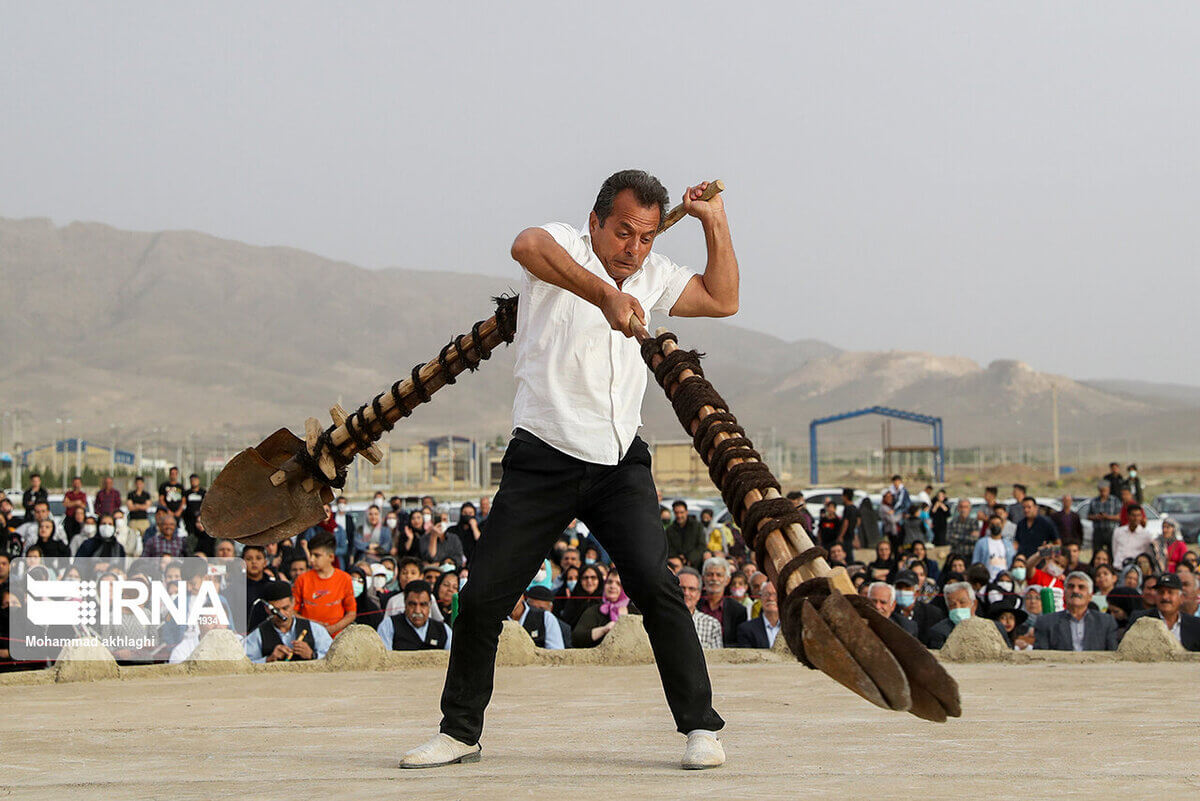
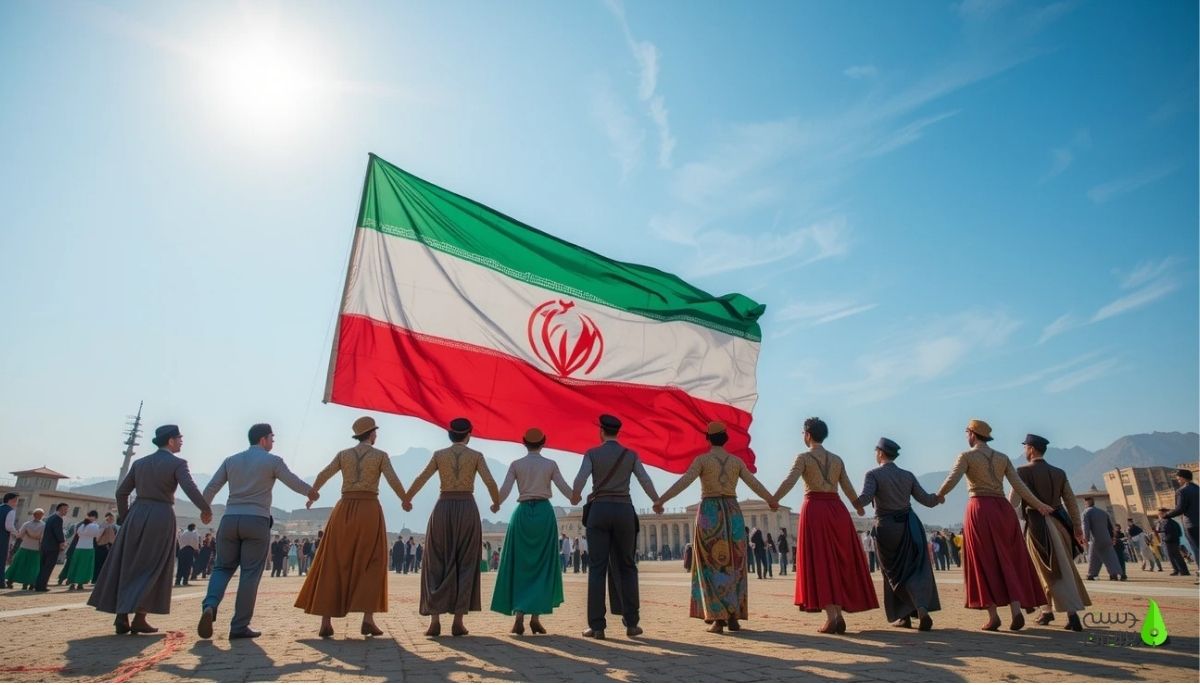
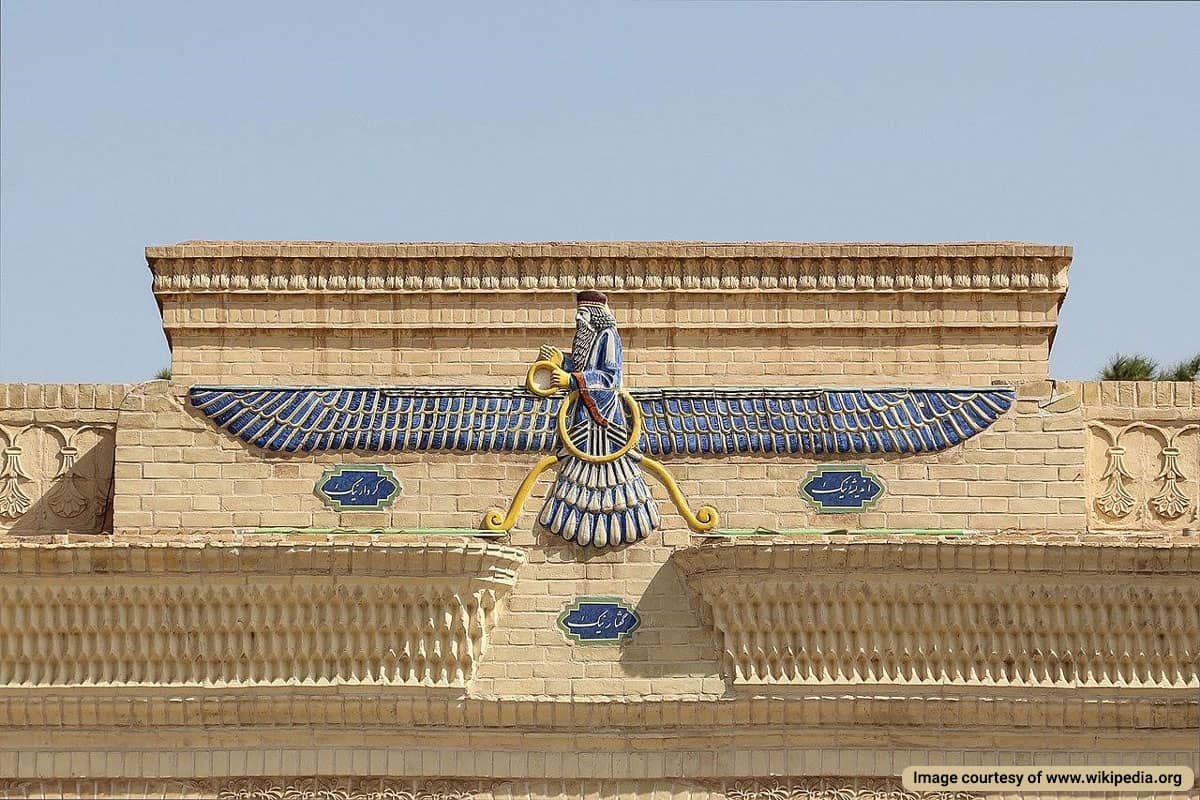
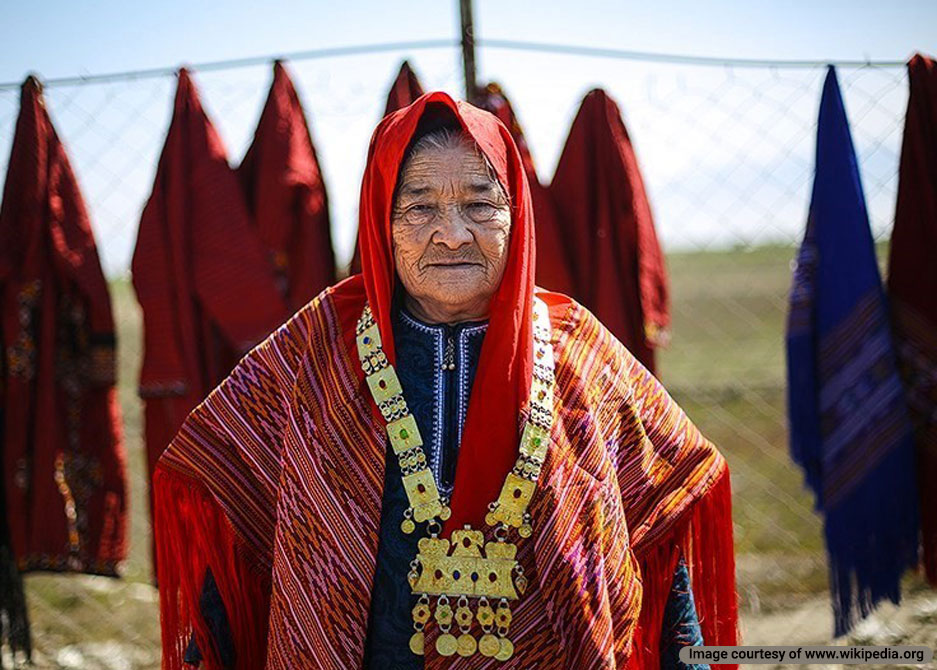
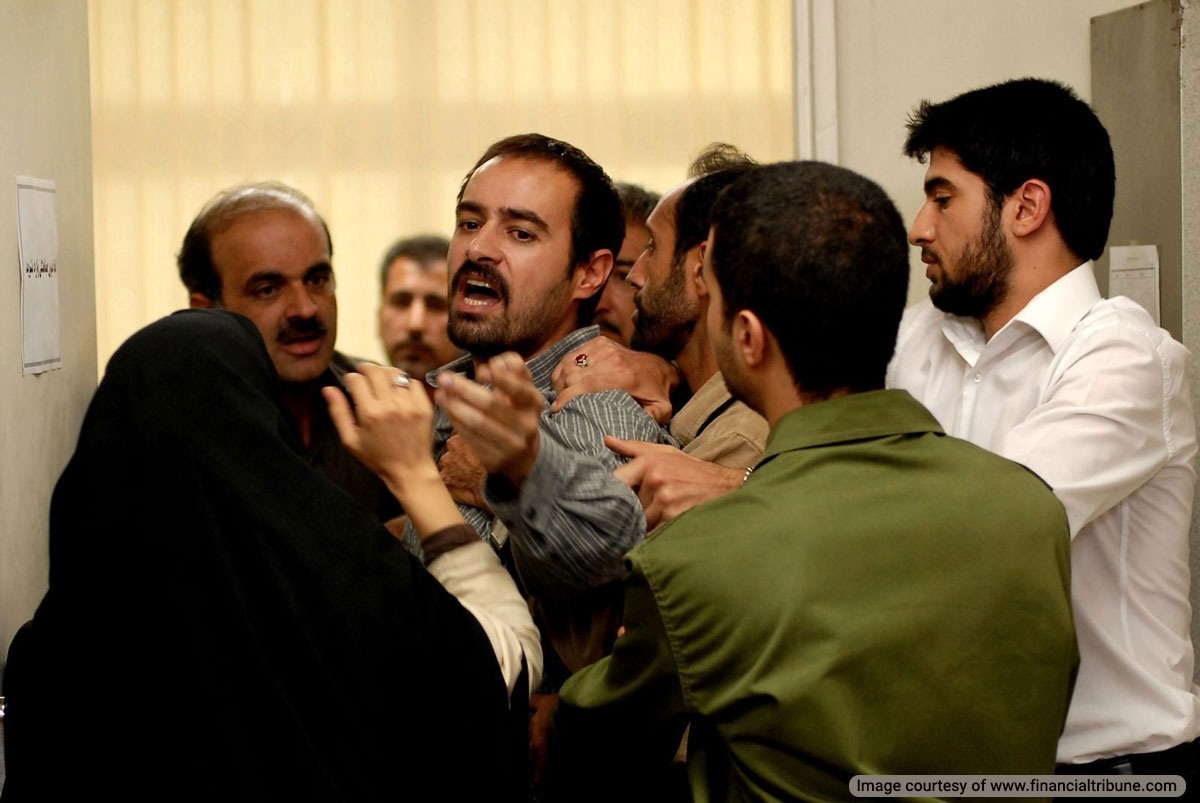


Hello Rahman — first, I like the new design of your blog. Very clean and easy on the eyes. The photographs are beautiful and the museum is no doubt a treasure trove of other ancient and unique artifacts.
Hi Jeannette, Thanks for your reassuring words. I feel I’ve been on the right path with your comment.
Yes, this museum is a great example of recent efforts in Iran to showcase valuable historical objects in Iranian museums.
Nice to see Destinations Iran back on line in its new format..
In this issue of your newsletter, I would have liked to see more links to the articles in the Tourism News. Such as;
“Iran opens the largest bookshop in the world in Tehran”, etc.
Thank you Graham for your idea. I will consider this recommendation. For this particular news article, you can click here, but some sources are in Persian and I don’t want to disappoint my friends who cannot read Persian!
Thank you Graham for your idea. I will consider this recommendation. For this particular news article, you can click here, but some sources are in Persian and I don’t want to disappoint my friends who cannot read Persian!